There are many ways to build an HR strategy — different frameworks and models and each have unique benefits and drawbacks. Because we work with growing tech SMBs we focus on straightforward, business-focused and easy-to-understand methods and practices. As a result, the “Standard Causal Model of HRM” is our preferred approach when building an HR strategy. At its core, this model easily connects HR activities to business strategy, and ultimately business performance and outcomes. SMBs are typically agile, fast-moving, nimble and constantly changing. They don’t have infinite resources and are often iterating on the fly. A “causal effect” HR strategy is easy to explain, obtain buy-in from leaders and employees, and does a great job at articulating how HR activities help the business succeed.
Learn how to implement employee well-being into your total rewards with our free guide.
We in the HR community always talk about “having the seat at the table”. The way to get the seat is to think of HR as a strategic business function, and also act and behave like one. There is no easier and better way at doing this than connecting what HR does to business performance and success.
Below is our typical process that we use to build HR strategies at SMBs.
- Conduct a SWOT — you need to know where your HR team stacks up. What are their strengths, weaknesses, opportunities and threats? We are currently operating in extremely challenging times, so the importance of the SWOT has never been greater.
- Evaluate the Overall Business Strategy — what is your organization looking to achieve in the next 12 months? The outcome of this exercise is to determine if your organization is growing, contracting or maintaining the status quo. By the way, we recommend that you don’t put too much thought beyond 12 months because, if history is any indication, the world changes at a torrid pace, and what you think might happen in 18 months is likely not remotely close to what will actually happen.
- Design the HR Strategy — spend time using your creativity to identify the key focus areas for HR in the coming year and connect them to a specific business objective. Ensure you think about future HR trends such as integration of AI, employee well-being, integration of better HR technology, etc…
- Identify the Key Projects and Initiatives — for most SMBs, they are still building HR infrastructure, which is where projects come into play. Whether it’s launching and employee engagement strategy or a new performance management structure, specific strategic HR objectives always connect to the creation of projects.
- HR Metrics and Outcomes — we recommend to use the OKR methodology as it is really easy to see the alignment and connection between desired outcomes and objectives. Examples of desired HR metrics/outcomes are reducing voluntary employee turnover by 20% or increasing the eNPS score by 15%.
- Connect HR Metrics with Desired Business Outcomes — this is where “the rubber hits the road” with the causal effect HR framework. Again, using the OKR framework makes it much easier to complete this step. Using the first example in #5 above, you can connect a desired metric of reducing employee turnover by 20% to a reduction of 25% in costs associated with employee turnover; replacement hiring, employee sick days, etc…
We believe that keeping things simple and easy-to-understand is ideal for growing tech SMBs. Operating in a volatile business environment, and by virtue of being an SMB, where resources are scarcer than in larger organizations, it’s critically important to connect the HR strategy to the business. If you don’t take advantage of this important opportunity, how can HR maximize the value it creates and maintain its seat at the table?









